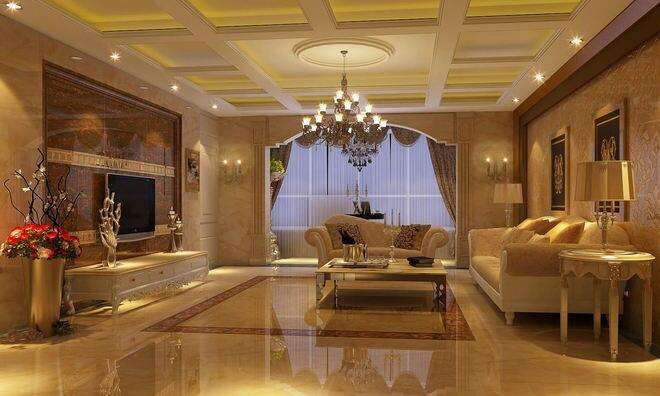How to identify microcrystalline stone?
Publish Time:2020-10-21 Click rate:570
How to identify microcrystalline stone?
transparency
The optical performance of transparent glass is that it is transparent. It is precisely this property that enterprises use to fully display the exquisite artistic patterns printed on the transparent glass ceramic printed tile composite board products, and increase the three-dimensionality and brightness of this pattern.

The optical properties of glass-ceramics are translucent to opaque, except for very small varieties of the main crystallite phase. This is the biggest difference in appearance between glass-ceramic and glass.
Pattern
The artistic patterns presented by the transparent glass ceramic printed tile composite board are realized on the ceramic tiles by modern printing techniques such as screen printing, rubber roller printing, and inkjet printing. The transparent glass covered on the surface just strengthens the three-dimensional and bright visual effects of these patterns, and plays the role of finishing touch or icing on the cake. The artistic decoration of this kind of product is mainly promoted by the artistic patterns and colors of the printing, that is, efforts are needed in plate making, color selection, and printing equipment. In terms of the technical level and production capacity of the architectural ceramics industry, the technical threshold for the development and production of this product is relatively low, and the technical content is relatively low. Printed ceramic tiles can be produced in almost all ceramic factories.

The artistic decoration patterns of the glass-ceramic composite board are all realized by the crystal patterns precipitated by the glass-ceramic itself. Relatively speaking, it is more difficult to develop and produce glass-ceramics that can control and expand the crystallization performance, with higher technical thresholds and higher technical content. Therefore, the building materials company channel learned that, apart from Bode, there is no information about other manufacturers that can produce similar glass-ceramics that can control and extend the crystallization performance.
Internal structure
Transparent glass has a single structure, and the arrangement of the constituent particles inside it is macroscopically disordered, irregular, and randomly distributed. They do not diffract X-rays, and their diffraction curve will not have diffraction peaks.
In addition to the glass phase, glass-ceramics still have a certain amount of crystalline phase. The arrangement of the constituent particles inside these crystalline phases is both macroscopically and microscopically ordered, and these crystals will diffract with X-rays.
performance
The performance of transparent glass is mainly affected by the composition and structure of the glass. The performance of glass-ceramics is not only affected by most of the glass phases, but also by a certain amount of glass-ceramics. Affected by the microcrystalline phase, the mechanical strength of the glass-ceramic composite panel is higher than that of the transparent glass printed tile composite panel.

Research and testing show that the rupture modulus and breaking strength of the glass-ceramic composite panel are greater than that of the transparent glass ceramic printed tile composite panel. The former has an average breaking strength of 6070.5 Newton and an average rupture modulus of 45.4 MPa. The average breaking strength of the latter is 4240 Newtons, and the average breaking modulus is 41.3 MPa. At the same time, the friction coefficient of the former is also higher than that of the latter. This shows that the anti-slip performance of the former is also better than the latter.
From this, it can be concluded that in order to create an excellent microcrystalline stone brand, in addition to its own comprehensive strength, the company also needs to forge competitiveness in the microcrystalline field: first, innovative competition in technology and production technology; second, The competition in product development and design; the third is the competition in supporting and space design; the fourth is the competition in microcrystalline market promotion, terminal services and word of mouth. Whoever can establish a leading competitive advantage in these four areas will become the ultimate king in the field of microcrystalline.

